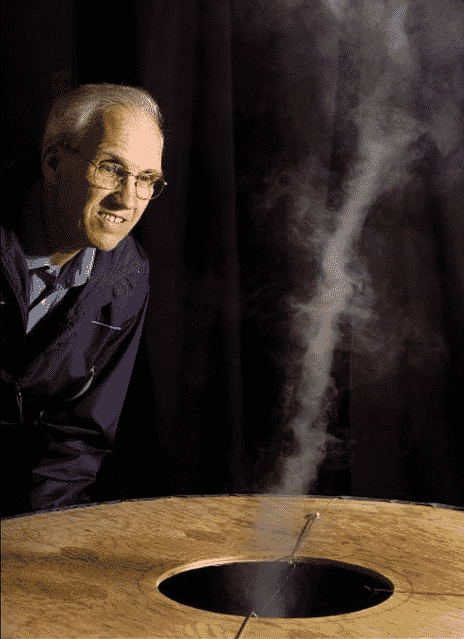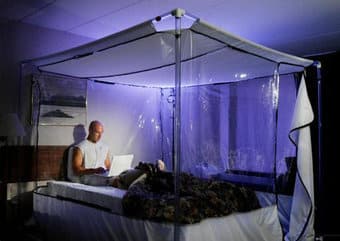Scientists in the US have succeeded in developing the first synthetic living cell.The researchers constructed a bacterium’s “genetic software” and transplanted it into a host cell.
The resulting microbe then looked and behaved like the species “dictated” by the synthetic DNA.
The researchers hope eventually to design bacterial cells that will produce medicines and fuels and even absorb greenhouse gases.
Dr Craig Venter and his colleagues had previously made a synthetic bacterial genome, and transplanted the genome of one bacterium into another.
Now, the scientists have put both methods together, to create what they call a “synthetic cell”.
The researchers copied an existing bacterial genome. They sequenced its genetic code and then used “synthesis machines” to chemically construct a copy.
The new bacteria replicated over a billion times, producing copies that contained and were controlled by the constructed, synthetic DNA.




